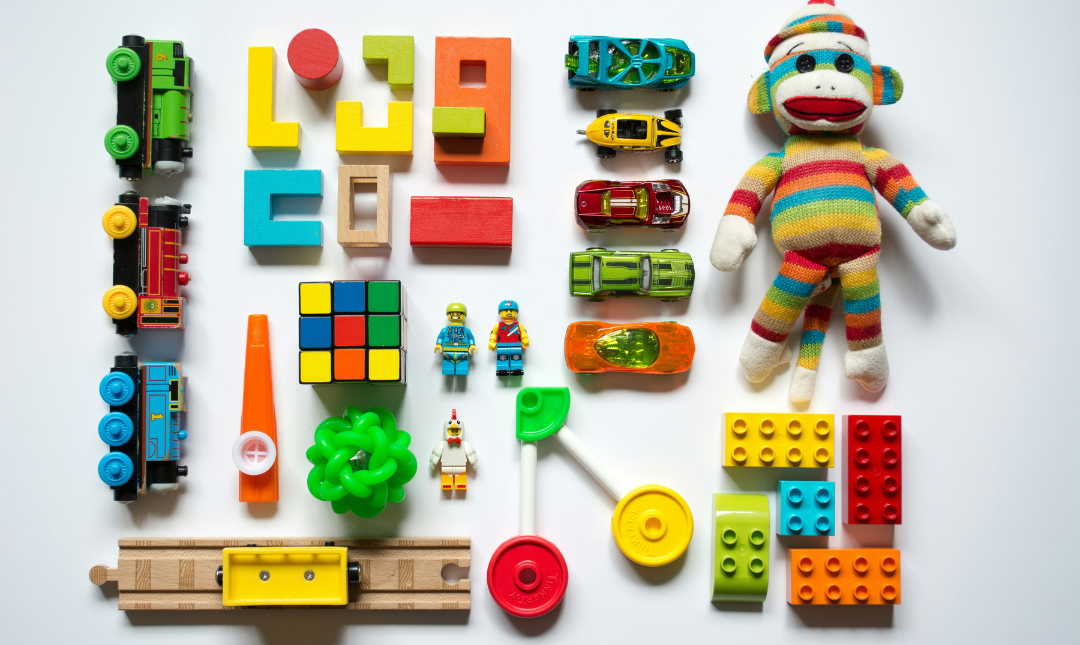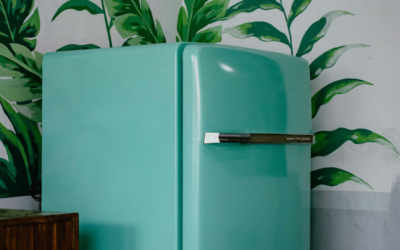Written by SM Team
February 1, 2024

When kids play, their brains are growing and learning. Kids can become overwhelmed with too many toys. Too many toys can often mean too much choice.
When their environment is overrun with clutter, kids can jump from toy to toy.
This leads to
❌ being over stimulated
❌ having trouble focusing
❌ not knowing what to do next, or what to look for
❌ being distracted and overwhelmed
🧸 Minimising toys cuts clutter, reduces stress and improves how kids play.
Decluttering toys like a pro isn’t about taking away joy; it’s about creating space for more meaningful play
✅ With too many toys, kids feel
– less stressed
– focus better
– enjoy more creative play
– spend less time clearing toys each day
– have more value and care for their things
Decluttering toys creates an organised space that fosters increased creativity, concentration, and a feeling of tranquility – for both kids and adults.
Reclaim your space, time – and sanity 😃 Enjoy a life less cluttered
Decluttering toy box checklist
Watch kids at play
The decluttering process begins before a toy is even handled – while observing kids at play: What toys do they gravitate toward? Which toys are never played with? Some kids may love building and mechanical toys, others might love chemistry and others may prefer dolls or dress ups. Understand their toy habits to know what toys to continue investing in.
Choose the right time to declutter
Turn the chore into a fun exercise and include the child in the decluttering process to establish healthy life practices. Encourage kids to let go – especially when it comes to donating their toys. Make sure to choose the right time and mood, such as a rainy day during holidays or on the weekend.
Pull all toys out and separate into piles: Toss, Keep, Donate
Categorise toys into piles: Toss broken toys. Keep beloved toys. Donate outgrown or no longer loved toys.
Look at repairing broken toys or repurposing puzzles and board games with missing pieces.
Set a toy limit
Be mindful of storage space and set a limit to the number of available toys. Pick out the keepers from observing which toys get the most playtime: store these on the shelf or toy box until there is no more space left.
Store donation toys in a temporary holding space
There is nothing worse than a child crying on a Sunday night because they can’t live with out a certain toy – donated the day before. As a precaution, store toys in a temporary holding space – preferably a rarely used area. This gives kids a chance to adjust living without them or indicate they’re needed. This prevents meltdowns or detachment. This makes the process of packing them into the car to donate much easier.
Store toys and rotate in a few months – such as the next holidays
If there is an excess of beloved keeper toys, store them away and look at revisiting them to bring them out later – such as the next holidays. The joy of reclaiming old loved toys is just as exciting as receiving a new one.
“
Less clutter, more room for imagination
Need help with organising the kids rooms – or any other busy areas in the home? Book a FREE 20-minute Discovery session >here to organise your home – and topple the toy overwhelm.
Related Articles
The 3-step system to organised cords, leads, cables and chargers
The frustration is real with the tangled cord jungle. Use this easy 3-step system to transform your cable chaos into a well-connected space.
Master organising your fridge
The home’s busiest appliance can quickly descend into chaos. Transform your fridge from chilled chaos into a well-ordered space.
Declutter your beauty and skincare products like a pro
There’s such a thing as too many beauty and skincare products. All the decluttering tips to keep your bathroom and beauty cabinet sparkling.









Recent Comments